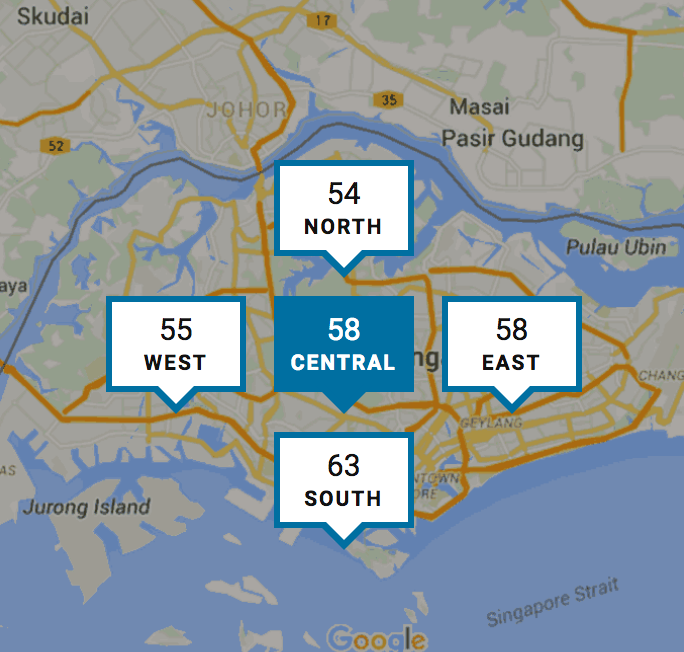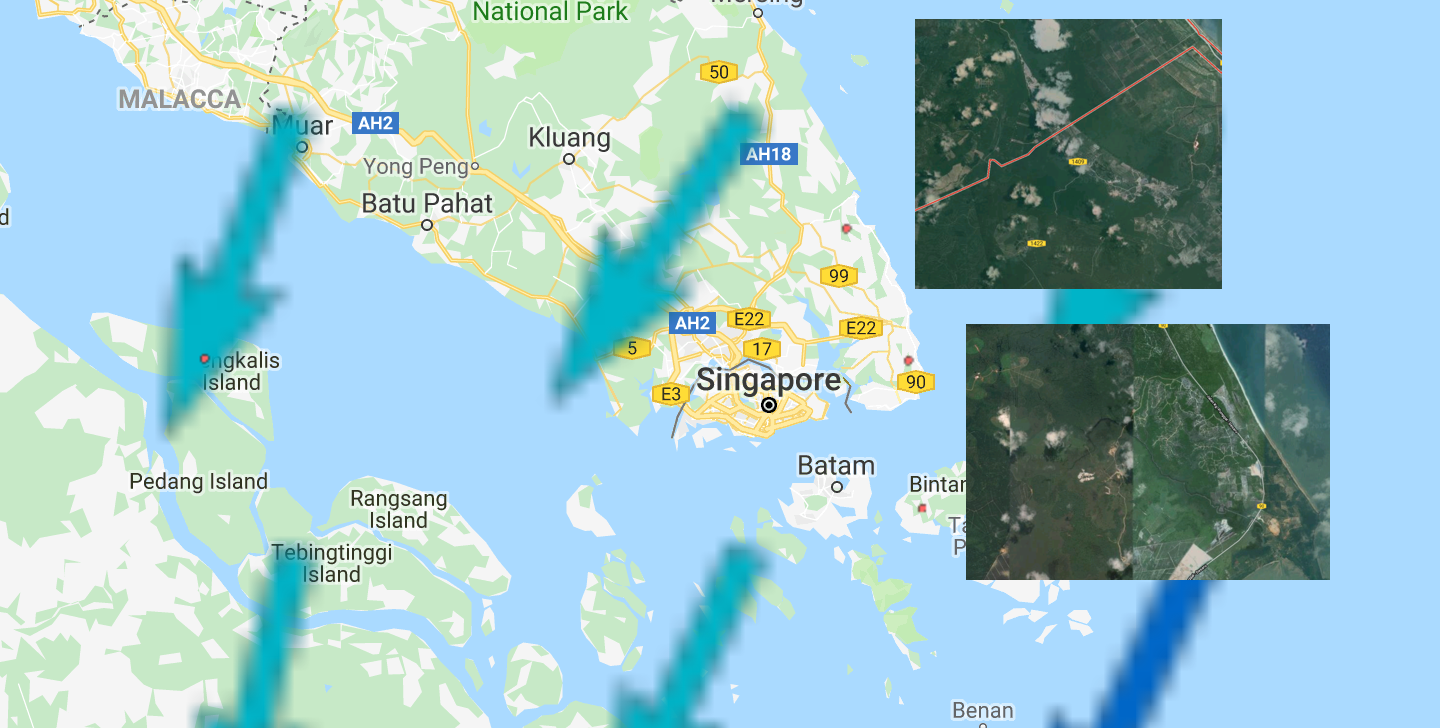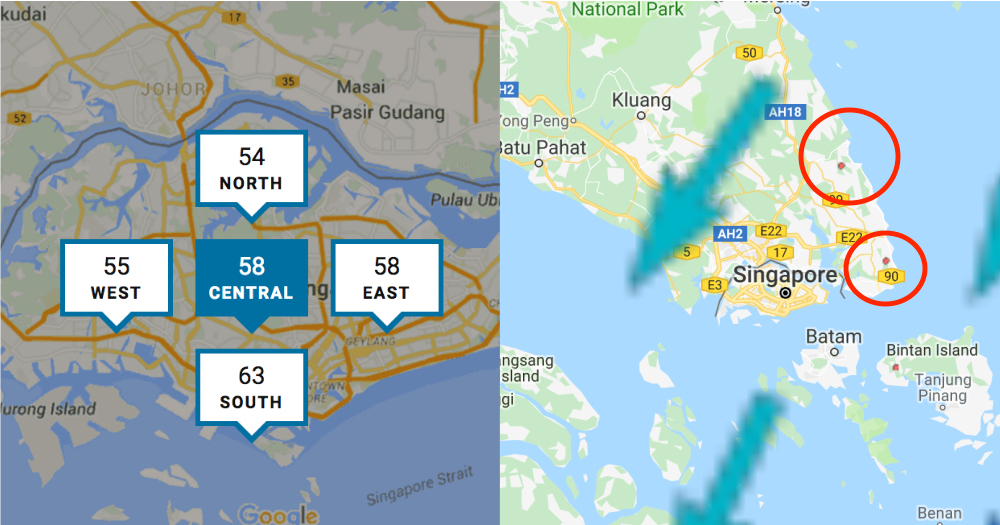The acrid smell continues to linger in Singapore as some parts are experiencing an even funkier scent on March 5 night.
Air quality worsens
The Pollution Standards Index (PSI) across Singapore ranged from 54 to 63, which is still within the good to moderate range.
It reached 65 after midnight.
The one-hour PM2.5 readings were in the normal range..
 Screenshot from NEA at 11.30pm.
Screenshot from NEA at 11.30pm.
New hotspots
Satellite images show two hotspots in Johor, one of which is in Bandar Penawar.
According to the director of Johor Fire and Rescue Department, Yahaya Madis, the hotspots in Bandar Penawar have been a result of slash and burn for oil palm plantations.
Land have been cleared via burning so as to clear space for oil palm planting, which is also the root cause of haze previously from Indonesia.
Besides the hotspot in Bandar Penawar, another hotspot has also been observed further north near Sungei Gambul, which is in the vicinity of oil palm plantations too.
Prevailing wind blowing from the northeast direction is likely to have carried the deposits from these fires down south to Singapore.
 Screenshot from ASMC and Google Map.
Screenshot from ASMC and Google Map.
24 open burning in Johor everyday
According to Yahaya, there have been 1,443 cases of open burning in Johor for the past two months.
That is an average of about 24 cases per day.
The fires are caused by the heat wave, as well as deliberate burning by the people.
In particular, fires on peatlands are harder to extinguish and will usually take days to do so as the fire can permeate underground.
Rubbish burning constitutes 20 percent of open burnings.
Yahaya has urged Malaysians not to conduct any open burning as fires can easily get out of control during the dry season.
Rising trend
However, cases of open burning in recent years have been increasing in Johor.
The number of cases in 2018 is almost twice as many as in 2017.
There were 2,610 cases reported in 2018, while there were only 1,400 cases in 2017.
The number of cases reported in the first two months of 2019 is already half of 2018's total number.
Top photo collage from NEA and ASMC
If you like what you read, follow us on Facebook, Instagram, Twitter and Telegram to get the latest updates.
